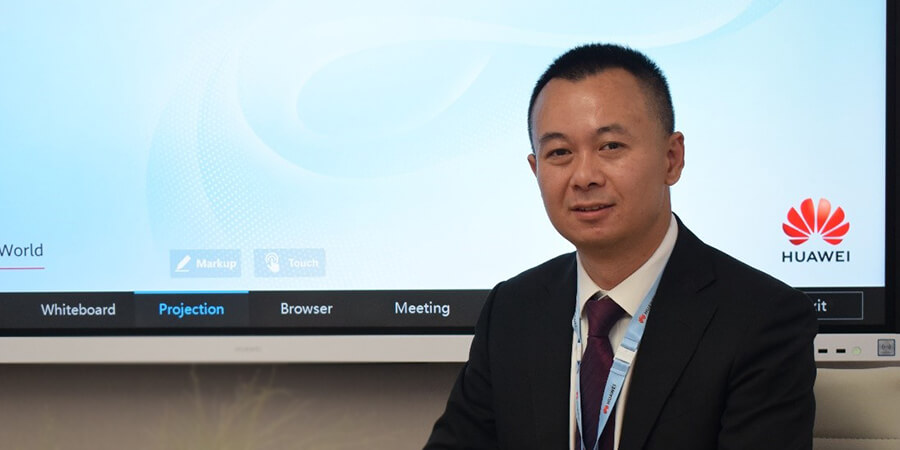For a digital service provider, virtualization promises the creation and deployment of new services in shorter time periods, down from a few months to a few days. NFV technology offers the required agility in creation, modification and retiring of services. However, to assure the QoS of NFV-based services, the role of an enhanced Service Quality Management (SQM) system is key.
OSS, in general, requires a massive transformation before it can be ready for the virtualized networks. One of the larger challenges is that OSS needs to deal with the hybrid character (mostly virtualized, partly physical) of the telecom networks for the next 5 to 10 years. The other challenge is the dynamic nature of NFV, which requires speedier processing of data and real-time ability. CSPs also need to consider the fact that the virtualized networks will introduce new network elements to manage. The transformed networks will enable new services that compete with the speed of delivery and dynamic creation/teardown offered by OTT providers, in turn impacting the network's capacity to scale-up or scale-down. All of these challenges need to be addressed separately.
To focus on the service quality management aspect, the rapid deployment/tearing down of short-life services can be tracked through next generation SQM systems. Such digital services might only last a few days or even just a few hours, driven by events, location, customer context, etc. The SQM must offer proactive, predictive and rapid root cause analysis to match the agility of these digital services.
Service assurance can also be enhanced by adding analytics to the SQM information, which helps in failure prediction and assessment of service impact. Additionally, automation across the SQM outputs will help in managing network/service configurations. Using fault data with service modeling, the alarm relationship with underlying network elements can be quickly ascertained and eliminated, reducing MTTR.
Resolving service challenges because of hybrid networks
Since legacy networks will co-exist with virtualized networks for the next 5 to 10 years, OSS systems will need to support the hybrid networks in the interim. OSS will facilitate service innovation across hybrid physical, logical and virtual environments using more agile service development methodologies (DevOps, for example). The services offered will require resource scalability, elasticity, configuration and remediation across the-end to-end hybrid network.
NFV-related extensions to each of the existing OSS layers, including SQM, is a practical way in managing the hybridity of NFV. Other enhancements will include:
- Introducing mediation towards the virtualized network components
- Use of REST APIs for integration with other OSS layers and the ecosystem
- Common inventory management
- Hybrid service dashboards for end-to-end QoS viewing
- Correlating service performance parameters across the physical and virtual parts of the network
These are the first few functionalities that will be introduced in SQM systems to deal with hybridity of networks.
Ensuring dynamic services for the enterprise
NFV promises some key use cases for enterprise service management, which require dynamic RAN orchestration, dynamic traffic management and real-time management of QoS policies. To deliver the expected dynamicity in service delivery, SQM will need to introduce a metadata-driven service model.
At an application level, automation and service fulfilment need to become complementary to each other to achieve the expected dynamic service orchestration. This will also require new emphasis on the integrity of inventory, i.e. mapping of physical and logical inventory. Some other important features needed are:
- Service chaining, which enables creation of catalogues of network resources and related policies to which individual enterprise services can be assigned
- Reserving network resources through traffic/capacity management for specific enterprise services, e.g. video on NFV
- Integrating high-end analytics based on real-time traffic to predict enterprise behavior and its network/service usage, to deliver dynamically tuned services
Building Service and Customer intelligence
Machine learning based analytics, when integrated with service data, offers powerful predictive service quality management capability to understand customer behavior and anticipate problems, which help the service providers in protecting their SLAs. This is more true for NFV, where services need to be managed proactively and improvised dynamically. Analytics also support automated actions for remediation through the use of machine learning, as many operational issues are solved automatically.
Customer intelligence can be progressively built through the regular use of analytics for customer data discovery, to patternize, profile and predict customer behavior, such as churn and customer's next action. This intelligence can be used to create targeted messages, personalized offers and campaigns that segment customers by value and create contextualized tariff plans for maximum results. Analytics thus become an important intelligence tool for supporting new business and customer experience in the digital service environment.
To summarize, the introduction of NFV in legacy telecom networks will bring about disruptive changes, which will have an immense impact on network, service and customer experience. The current Service Assurance framework, although still valid, needs to adapt to the hybridity invoked by NFV, the agility of NFV services and the enterprise's digital service expectations. Incremental SQM features suited to the digital environment will resolve many of these challenges.
Author:
Sandeep Raina
Product Marketing Director
MYCOM OSI
This email address is being protected from spambots. You need JavaScript enabled to view it.
This email address is being protected from spambots. You need JavaScript enabled to view it.




















































